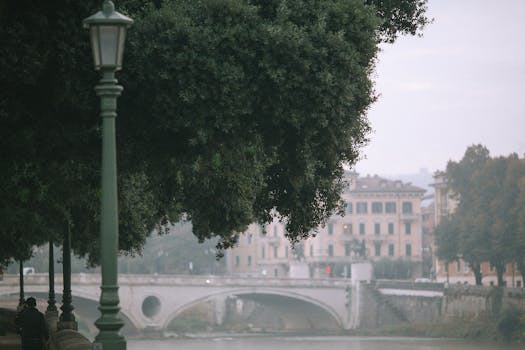
Urban Green Spaces: The Future of Outdoor Living in European Cities by 2025
Urban Green Spaces: The Future of Outdoor Living in European Cities by 2025 is a concept that has been gaining momentum in recent years. As cities continue to grow and urbanize, the need for green spaces has become increasingly important. Not only do these spaces provide a tranquil escape from the hustle and bustle of city life, but they also play a crucial role in maintaining the physical and mental health of urban residents.
Introduction to Urban Green Spaces
Urban green spaces refer to any area of vegetation in an urban environment, including parks, gardens, green roofs, and even street trees. These spaces are essential for mitigating the urban heat island effect, managing stormwater runoff, and improving air quality. Moreover, they provide habitat for urban wildlife, support biodiversity, and offer opportunities for recreation, socialization, and relaxation.
Benefits of Urban Green Spaces
The benefits of urban green spaces are numerous and well-documented. Some of the most significant advantages include:
- Improved mental health and wellbeing
- Increased opportunities for physical activity and socialization
- Enhanced air and water quality
- Support for urban biodiversity and wildlife conservation
- Climate change mitigation and adaptation
Challenges Facing Urban Green Spaces
Despite the many benefits of urban green spaces, there are several challenges that cities must overcome to create and maintain these areas. Some of the most significant obstacles include:
- Limited availability of land and funding
- Competing demands for urban space, such as housing and infrastructure development
- Management and maintenance of green spaces
- Ensuring accessibility and inclusivity for all members of the community
Case Studies: Successful Urban Green Space Initiatives in European Cities
Several European cities have implemented successful urban green space initiatives, providing valuable lessons and inspiration for other cities. Some notable examples include:
- Stockholm’s Royal National City Park, which combines urban planning and conservation to create a unique green space
- Copenhagen’s green roof initiative, which aims to cover 50% of the city’s rooftops with vegetation
- Barcelona’s Superblock program, which prioritizes pedestrian-friendly streets and green spaces over car-centric infrastructure
Conclusion and Future Directions
Urban green spaces are a vital component of sustainable, resilient, and livable cities. As European cities continue to grow and evolve, it is essential to prioritize the creation, maintenance, and accessibility of these spaces. By learning from successful case studies, addressing challenges, and promoting the benefits of urban green spaces, we can ensure a healthier, happier, and more sustainable future for urban residents.






